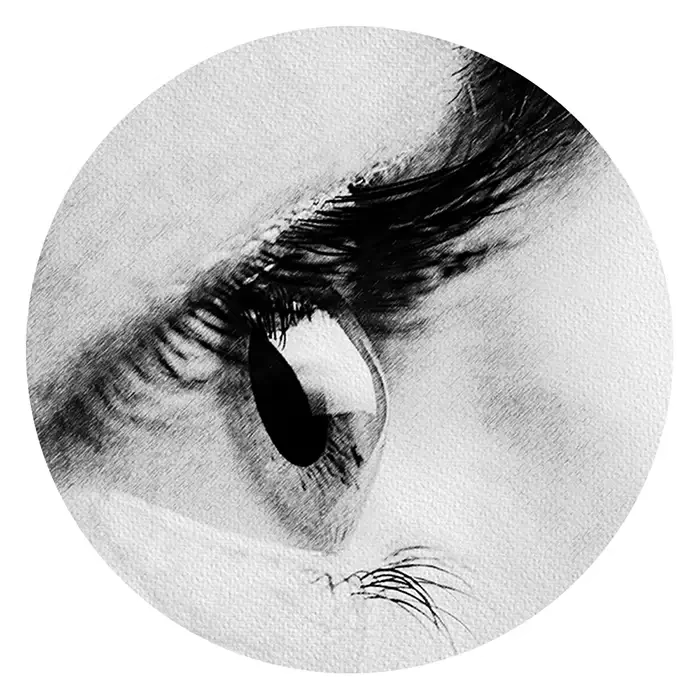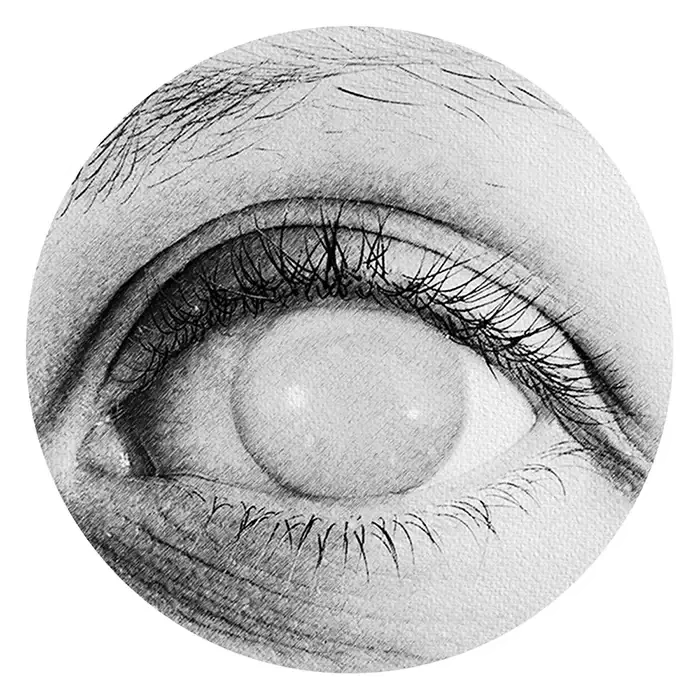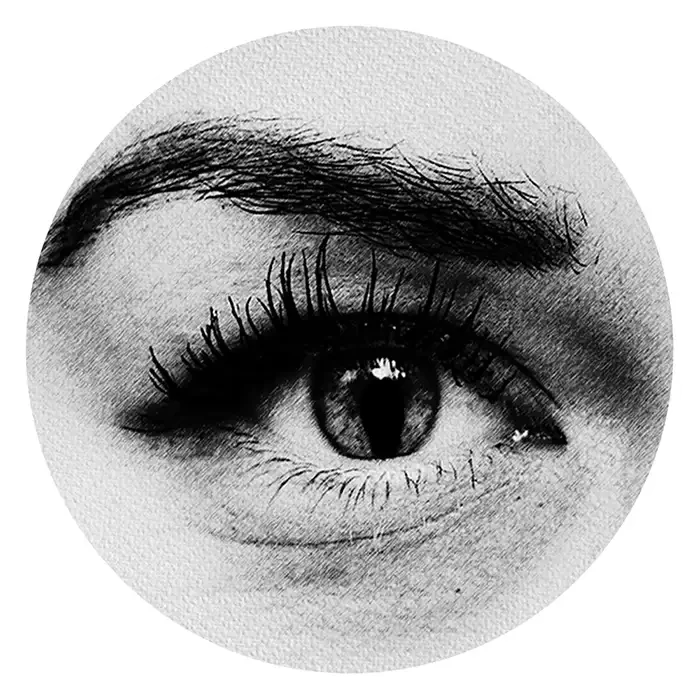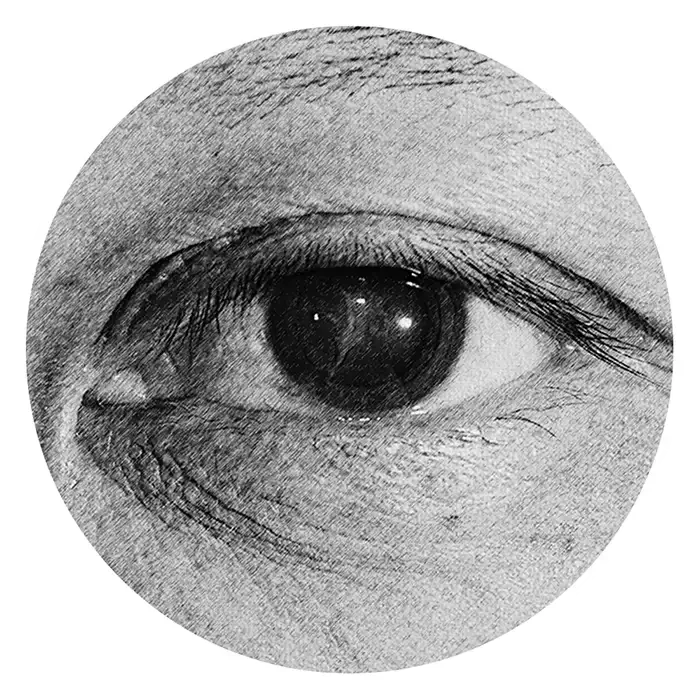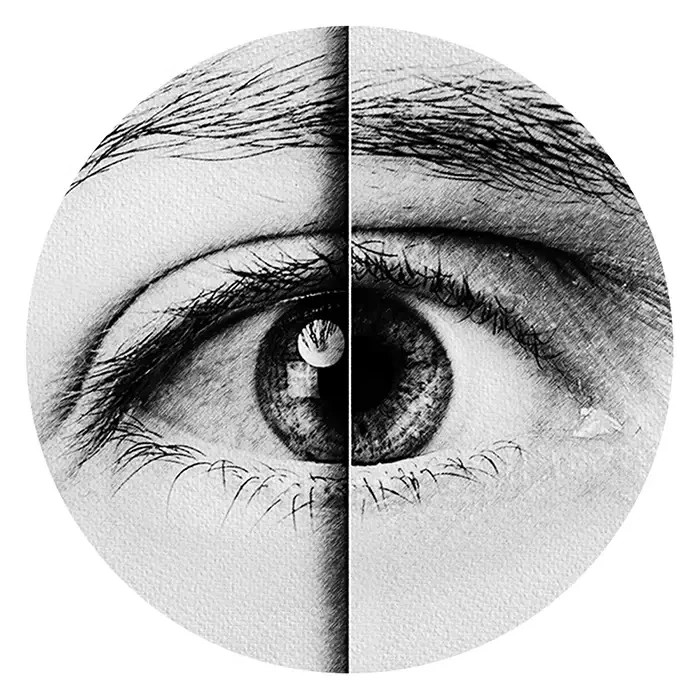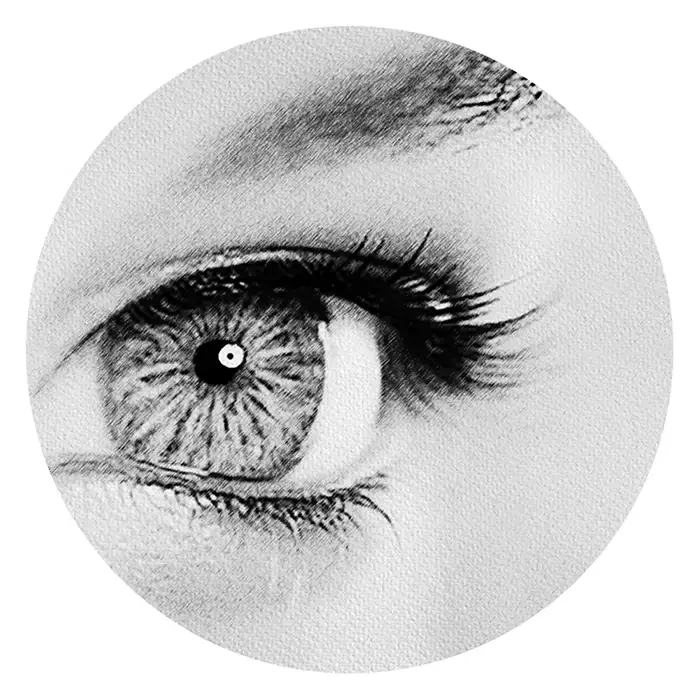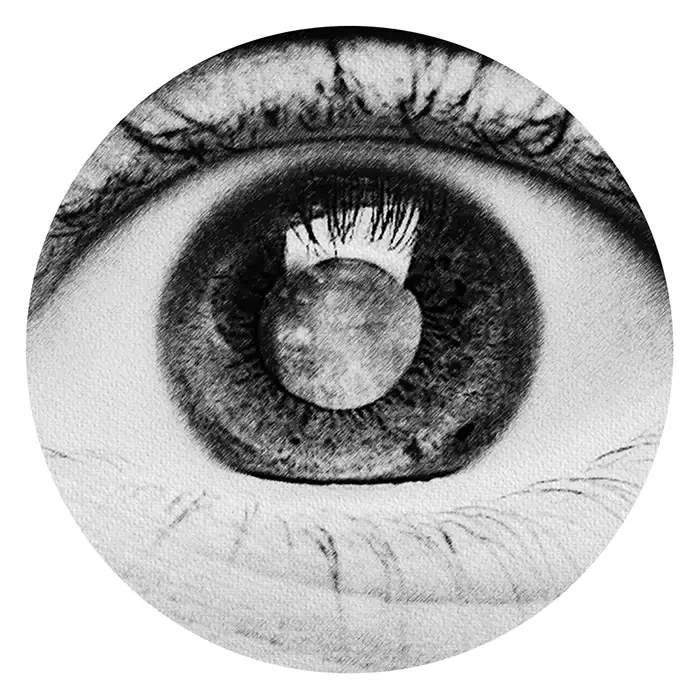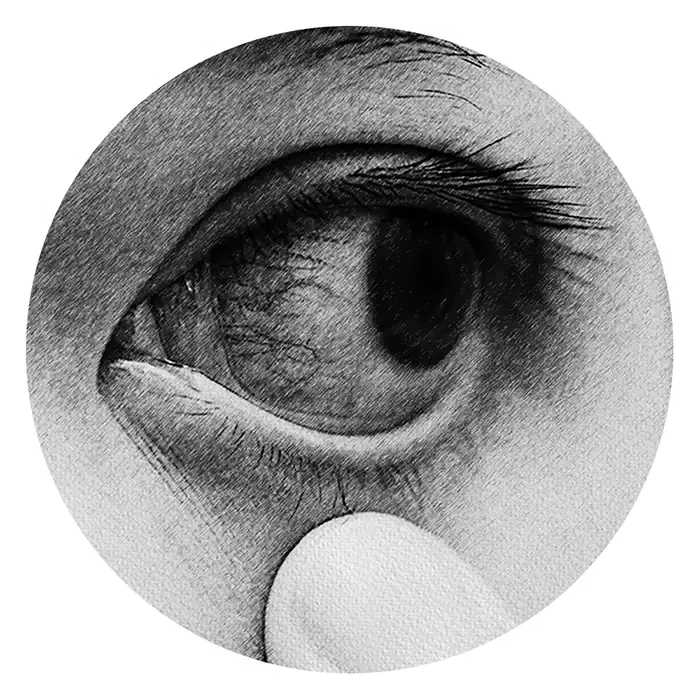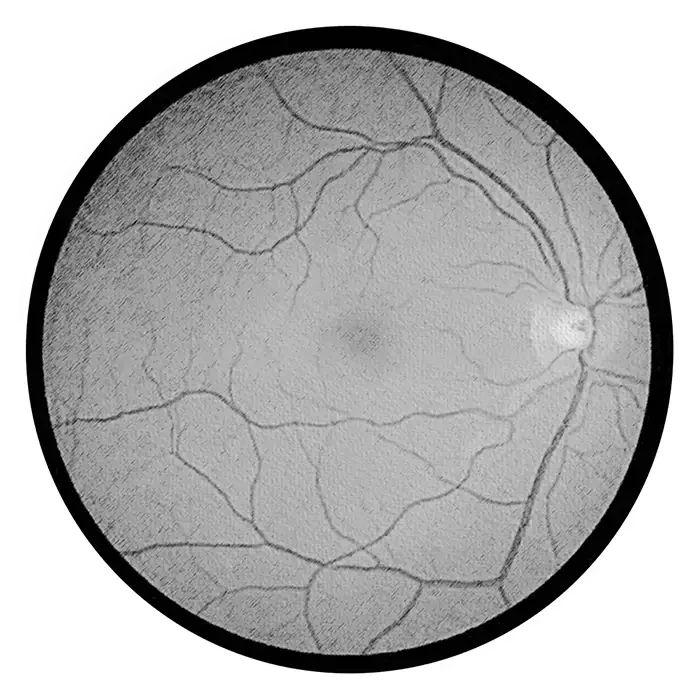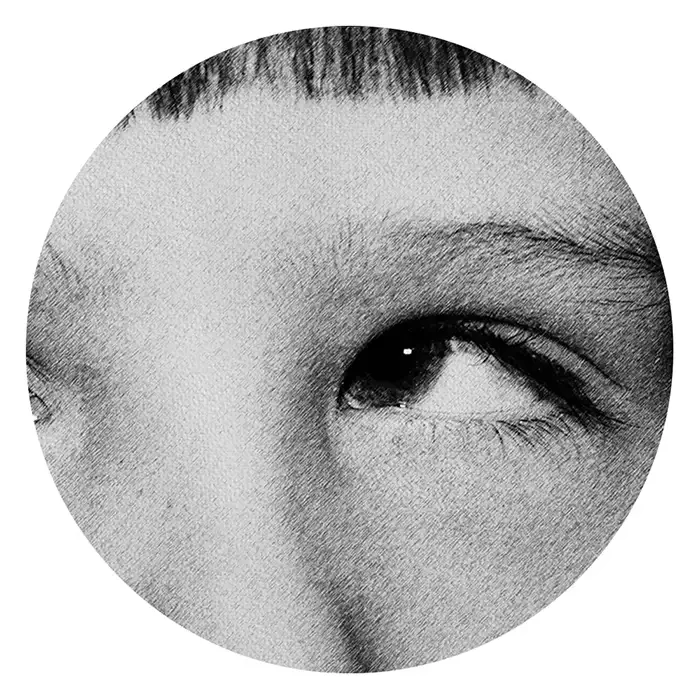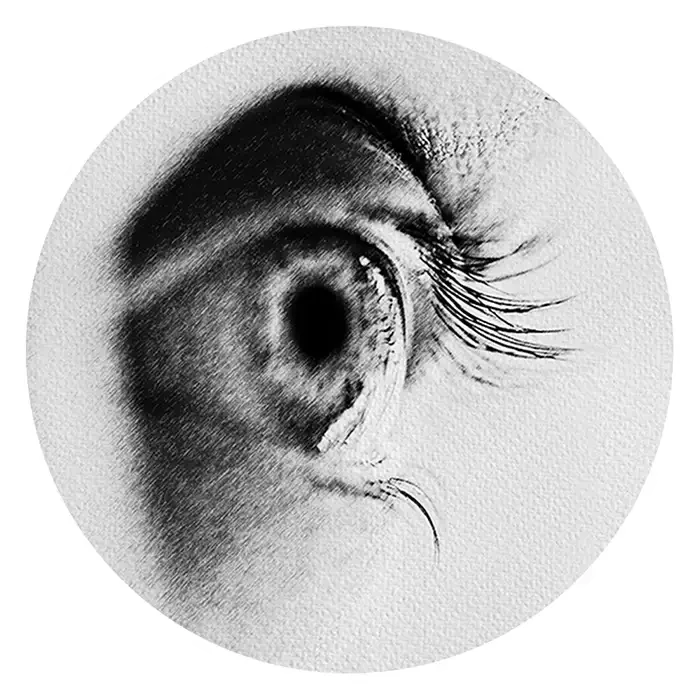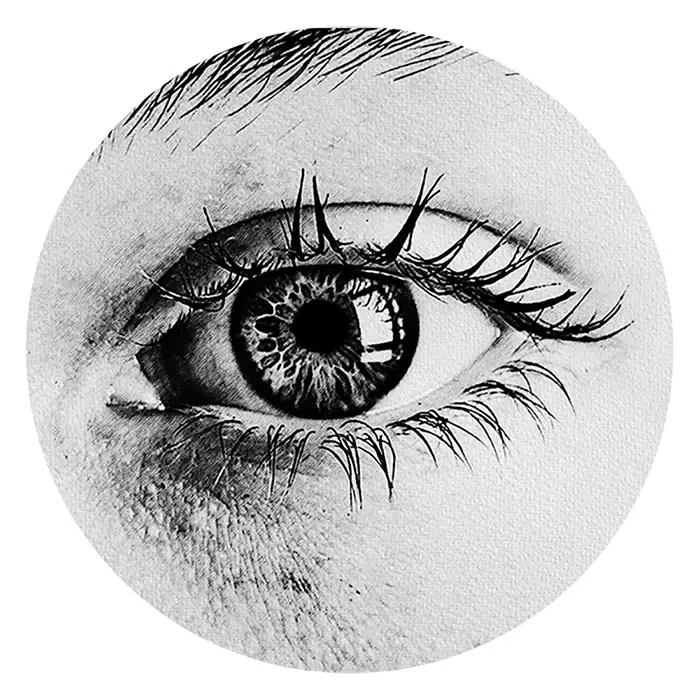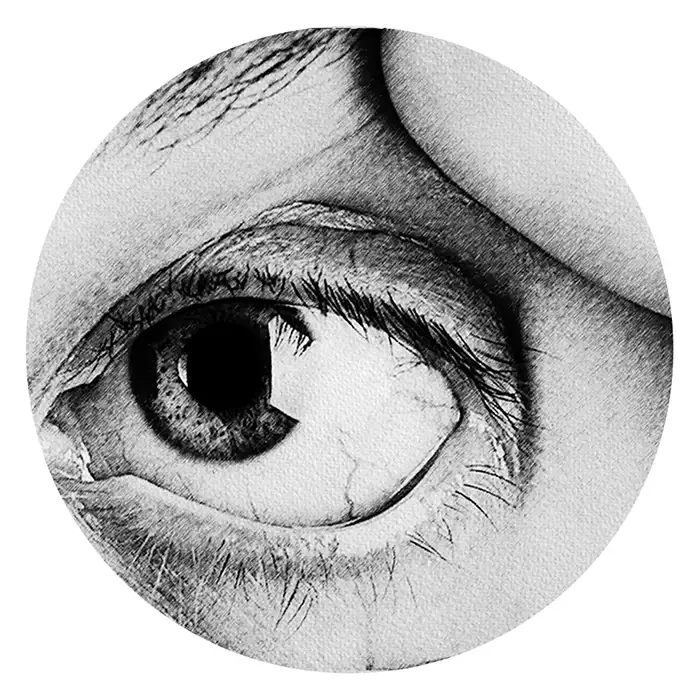Retyne Mask Development and Technical Research Sources
Retyne Labs
Tour CBX
92400 Courbevoie, France
Retyne Labs draws inspiration from the French word "Rétine," which signifies the retina—an integral component at the back of the eye responsible for light processing and signal transmission to the brain for visual interpretation. With a mission deeply rooted in its namesake, Retyne Labs has embarked on a journey to revolutionize eye treatment. Through innovative technology and a deep understanding of retinal function, Retyne Labs endeavors to elevate vision and promote eye health.
Situated at Tour CBX, 92400 Courbevoie, France, Retyne Labs serves as a beacon of progress in the field of ophthalmology. With a commitment to excellence, the team at Retyne Labs harnesses the complexities of retinal biology to develop cutting-edge solutions for eye disorders and diseases. Through meticulous research and development, Retyne Labs aims to redefine the landscape of eye care, offering transformative treatments that improve visual outcomes and enhance quality of life.
At Retyne Labs, the retina serves as both inspiration and focal point for innovation. By unlocking the secrets of retinal function, the team strives to uncover new avenues for treating a wide range of eye conditions. Through their work, they seek to harness the full potential of retinal therapy, leveraging technology to restore vision and preserve eye health for individuals worldwide.
Embracing the intricate interplay between light, the retina, and visual perception, Retyne Labs pioneers a transformative approach to eye treatment. Through their innovative methodologies and state-of-the-art technology, they aim to address the diverse needs of patients, offering personalized solutions that optimize visual function and promote ocular wellness.
Retyne Labs' commitment to excellence extends beyond the confines of traditional eye care. With a focus on innovation and discovery, the team continues to push the boundaries of what is possible in the field of ophthalmology. Through their dedication and ingenuity, they strive to unlock new possibilities for improving vision and enhancing overall eye health.
In summary, Retyne Labs embodies a vision of progress and innovation in the realm of eye treatment. With the retina as their guiding light, they pave the way for transformative advancements that have the potential to revolutionize eye care and improve the lives of countless individuals worldwide.
The development of the Retyne Infrared Eye Treatment Mask was informed by extensive research from various scientific papers and in-house documentation. These sources include studies on the effects of near-infrared light on retinal function, mitochondrial decline, and age-related macular degeneration. By synthesizing findings from these diverse sources, Retyne Labs has created a cutting-edge product that offers innovative solutions for various eye conditions, paving the way for advancements in eye care technology.
By combining state-of-the-art technology with a deep understanding of ocular physiology, Retyne Labs has revolutionized the field of eye care with the development of the Retyne Infrared Eye Treatment Mask. Through its integration of kHz sinewave frequencies and invisible infrared light, this groundbreaking device offers new possibilities for the treatment of eye conditions, promising improved vision and enhanced ocular health for individuals worldwide.
The research papers incorporated into the development of the Retyne Invisible Infrared Mask were drawn from the following scholarly sources, alongside additional in-house research documentation.
[1] Neurobiol Aging. 2017 Apr; 52: 66–70. Aging retinal function is improved by near infrared light (670 nm) that is associated with corrected mitochondrial decline
[2] Kokkinopoulos I, Colman A, et al. Age-related retinal inflammation is reduced by 670 nm light via increased mitochondrial membrane potential. Neurobiology of Aging. 2013 Feb.
[3] Koev K, Avramov L, et al. Five-year follow-up of low-level laser therapy (LLLT) in patients with age-related Macular degeneration. Journal of Physics. 2018.
[4] Calaza KC, Kam JH, et al. Mitochondrial decline precedes phenotype development in the complement factor H mouse model of retinal degeneration but can be corrected by near infrared light. Neurobiology of Aging. 2015 Jun.
[5] Sivapathasuntharam C, Sivaprasad S, et al. Aging retinal function is improved by near infrared light (670 nm) that is associated with corrected mitochondrial decline.Neurobiology of Aging. 2017 Apr.
[6] Gopalakrishnan, S. Photobiomodulation in Inherited Retinal Degeneration. 2012. Theses and Dissertations. 4.
[7] BrightFocus Foundation
[8] Núñez-Álvarez C, Del Olmo-Aguado S, et al. Near infra-red light attenuates corneal endothelial cell dysfunction in situ and in vitro. Experimental eye Research. 2017 jun.
[9] Del Olmo-Aguado S, Núñez-Álvarez C, et al. Red light of the visual spectrum attenuates cell death in culture and retinal ganglion cell death in situ. Acta Ophthalmologica 2019 Feb.
[10] Osborne NN, Núñez-Álvarez C, et al. European Journal of Pharmacology. Glaucoma: Focus on mitochondria in relation to pathogenesis and neuroprotection. 2016 Sep.
[11] Beirne K, Rozanowska M, et al. Red Light Treatment in an Axotomy Model of Neurodegeneration. Photochemistry and Photobiology. 2016 Jul.
[12] Fitzgerald M, Bartlett CA, et al. Near infrared light reduces oxidative stress and preserves function in CNS tissue vulnerable to secondary degeneration following partial transection of the optic nerve. Journal of Neurotrauma. 2010 Nov.
[13] So KF, Leung MC. Effects of low level laser treatment on the survival of axotomized retinal ganglion cells in adult Hamsters. Neural Regeneration Research. 2014 Nov.
[14] Szymanski CR, Chiha W, et al. Paranode Abnormalities and Oxidative Stress in Optic Nerve Vulnerable to Secondary Degeneration: Modulation by 670 nm Light Treatment. 2013 June.
[15] Rezaei Kanavi M, Tabeie F, et al. Short-term effects of extremely low-frequency pulsed electromagnetic field and pulsed low-level laser therapy on rabbit model of corneal alkali burn. Experimental Eye Research. 2016 Apr.
[16] Koev K, Avramov L, Borisova E. He-Ne low level laser therapeutic applications for treatment of corneal trauma. 16th International School on Quantum Electronics: Laser Physics and Applications. 2011 Jan.
[17] Xu QH, Zhao C, et al. Helium-neon laser therapy in the treatment of hydroxyapatite orbital implant exposure: A superior option. Experimental and Therapeutic Medicine. 2015 Jun.
